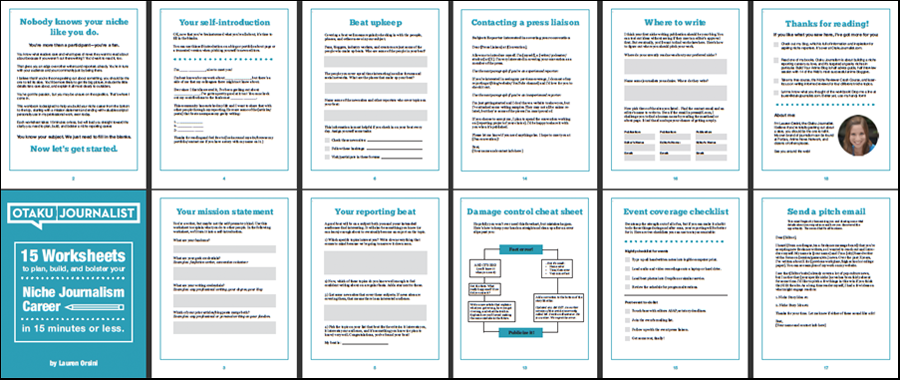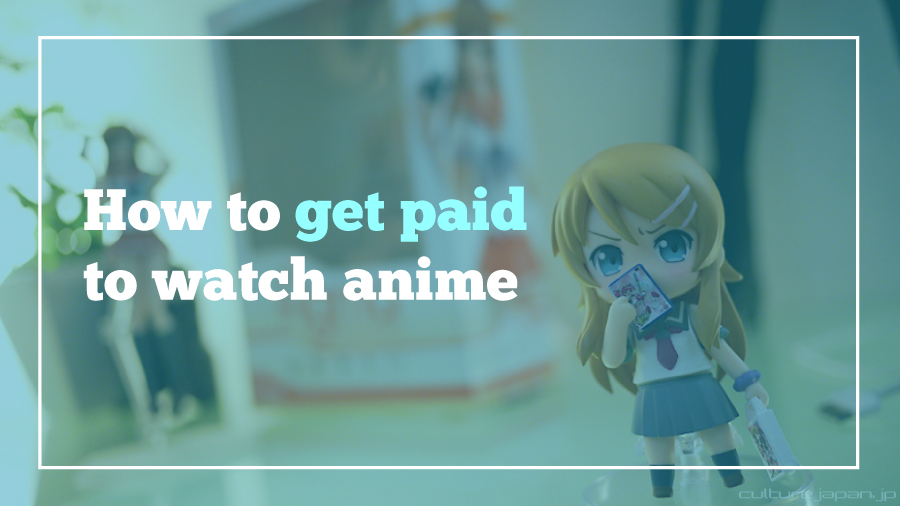Blame my lack of blog posts on my weekend San Francisco Japantown vacation. One of my best friends just took the bar exam, so a bunch of us celebrated by going out west. It’s getting to the point where, had I saved all the money I spent visiting Japantown over the years, I might be able to afford an actual trip to Tokyo! Check my Instagram or ask me questions if you want to know more about it. In the meantime, here are some Otaku Links:
- Vice interviewed black anime fans at Otakon. The Q&As are intact and are a great example of how to conduct casual interviews on the convention floor.
- Thursday marked the 70th anniversary of the atom bomb dropped on Hiroshima. io9 did a retrospective of the bomb’s influence on anime and manga. Serdar wrote a similar take on the bomb’s legacy last year.
- What was it like to be an anime fan in ’80s NYC? Michael Pinto shared some vintage photos of an anime fandom scene that few of us still remember.
- Anime fans are obsessed with Steven Universe, an American cartoon that wears its magical girl influences on its sleeve. It indicates the cultural exchange between American and Japanese media that continues to this day.
- Is it cultural appropriation for foreigners to wear kimono? This academic article in the Japan Times seems to draw a connection between the decline of the kimono industry and foreigners’ increasing reluctance to appropriate Japanese culture by wearing them. Longtime readers know that I have a yukata, so maybe I can’t take a side in this one.
- I released my Niche Journalism Workbook on Thursday. Thank you to everyone who pre-ordered; I would love to hear your feedback! If you’re on the fence, my friend Katriel wrote a short review of it over at Study of Anime.
- Finally, here’s your regular reminder that I am reviewing Ushio & Tora, God Eater, and Castle Town Dandelion over at Anime News Network. I care so much about getting those reviews in on time, I wrote these while I was on vacation! (Lucky for my vacation, God Eater took a break this week.)




